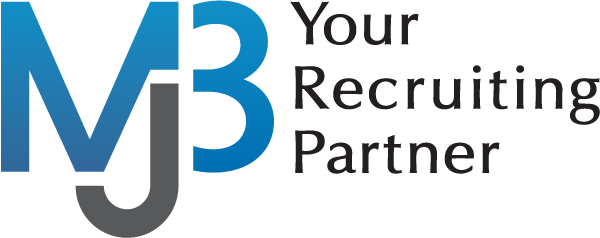March is National Disability Awareness Month. Did you know that 19% of the U.S. labor workforce identifies as disabled? The Americans with Disabilities Act defines disability as a physical or mental impairment that limits a person’s ability to complete one or more major life activities. What we may not realize is that many disabilities are invisible, and many disabled employees may choose to keep their disability hidden in the workplace. Invisible disabilities can include chronic diseases, ADHD, depression, autism, and dyslexia.
Emily Ladau, author of Demystifying Disability: What to Know, What to Say, and How to Be an Ally gives us clear language around how to talk about disabled persons and it all begins with self-awareness and the word ableism. Ladau states, “ableism is defined as attitudes and actions that devalue someone based on their disability. It can exist in small, interpersonal ways or it can exist at a systemic level.” She reminds us that it is okay to use the word disability or disabled as a descriptor rather than using phrases like special needs, slow or crazy.
In 2022, the employment-population ratio continues to see increased numbers of disabled people entering the workforce. And with more companies implementing recruiting metrics around increased diversity, the disabled workforce is an untapped talent market. Here are a few key attributes of the disabled workforce according to the Bureau of Labor Statistics:
- 1 out of 4 adults live with at least one disability
- Disabled candidates are less likely to have a four-year college degree
- About 1/3 of the disabled workforce is employed part-time
- Disabled candidates are more likely to be self-employed
These statistics tell a story that recruiters and hiring managers will need to know and understand to find, attract and retain this talent pool. For recruiters, it begins with knowing where to find disabled talent once they know that these candidates tend to be self-employed. For hiring managers who want to attract disabled talent, it helps to know that many potential employees may not have a completed college degree. Recruiters and hiring managers can work together to expand what an ideal candidate profile looks like by exploring education requirements and project-based work to find and attract these potential employees.
Next blog, we will explore how companies can retain underrepresented groups in the workforce by focusing on inclusion as an organizational priority. Stay Tuned!
